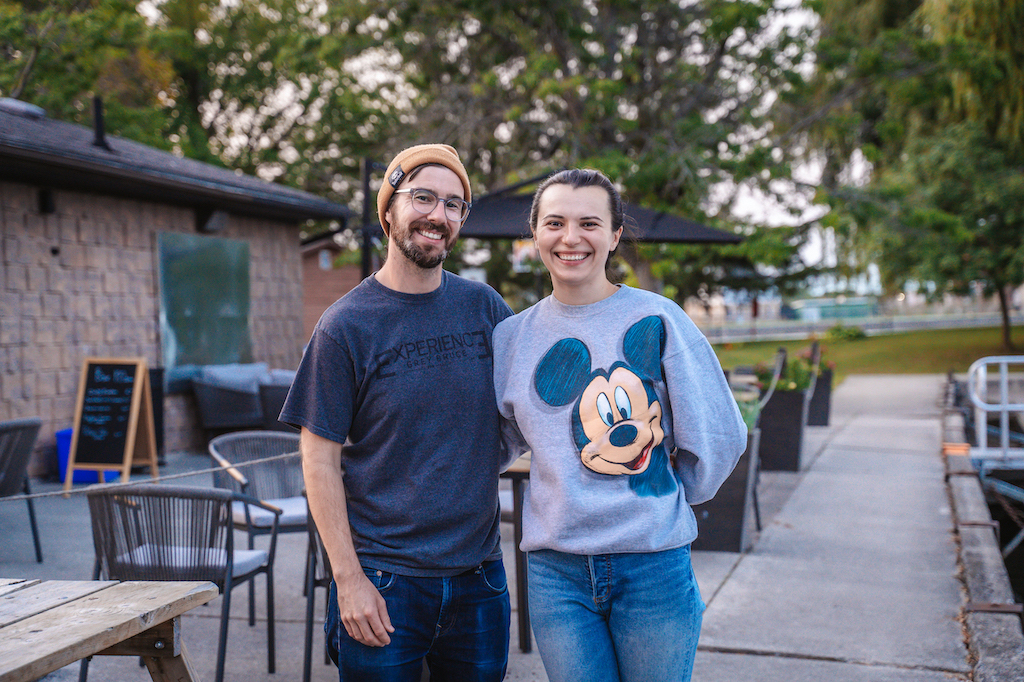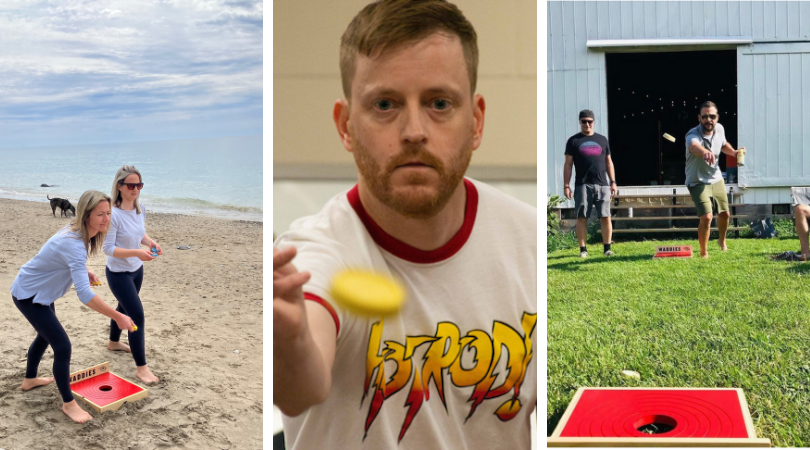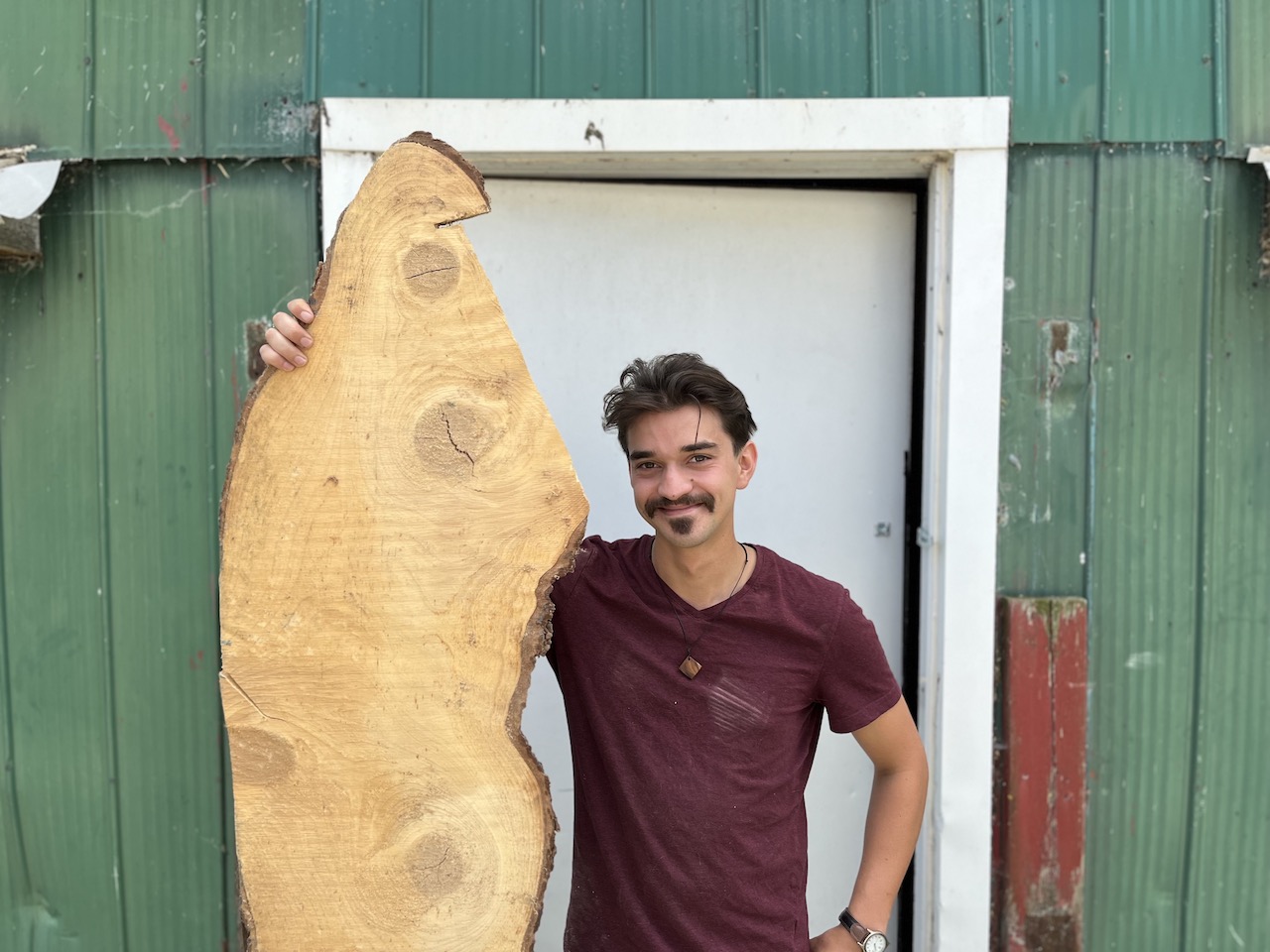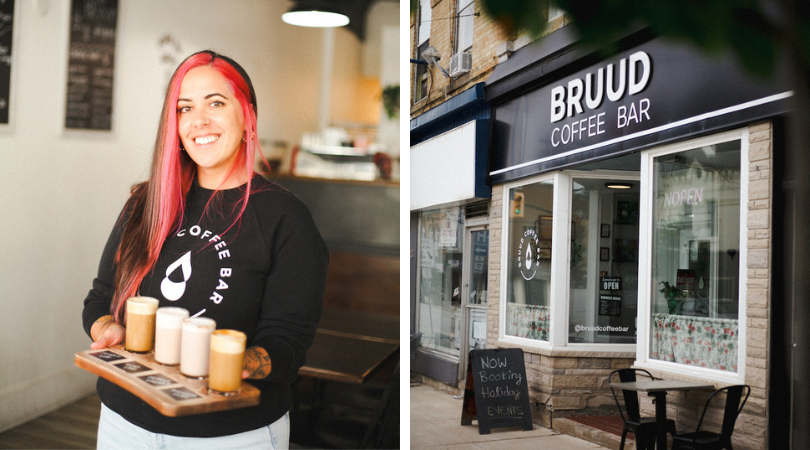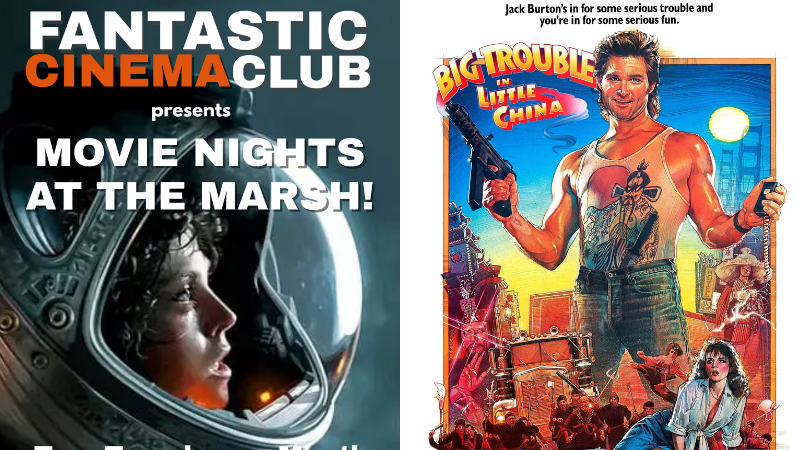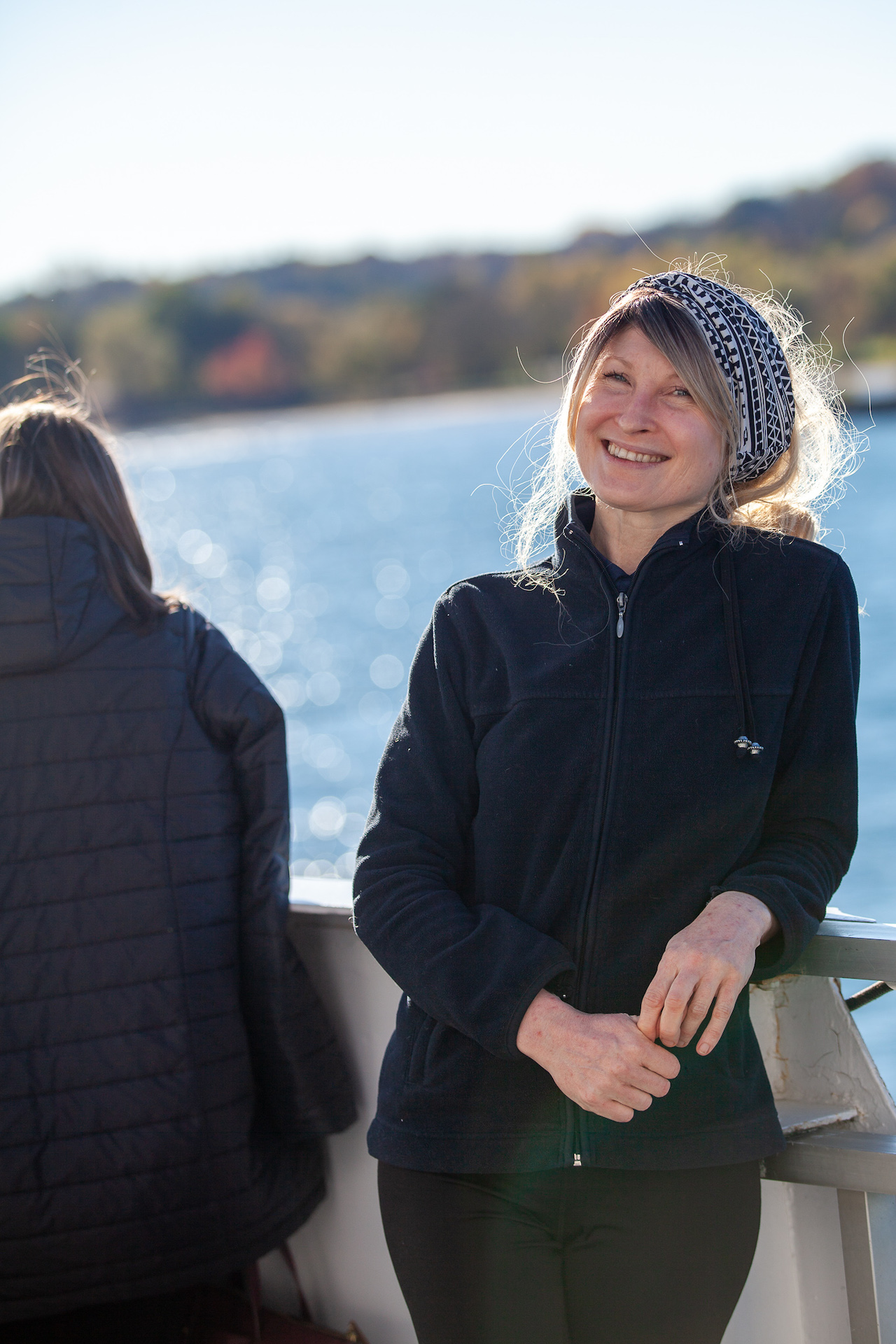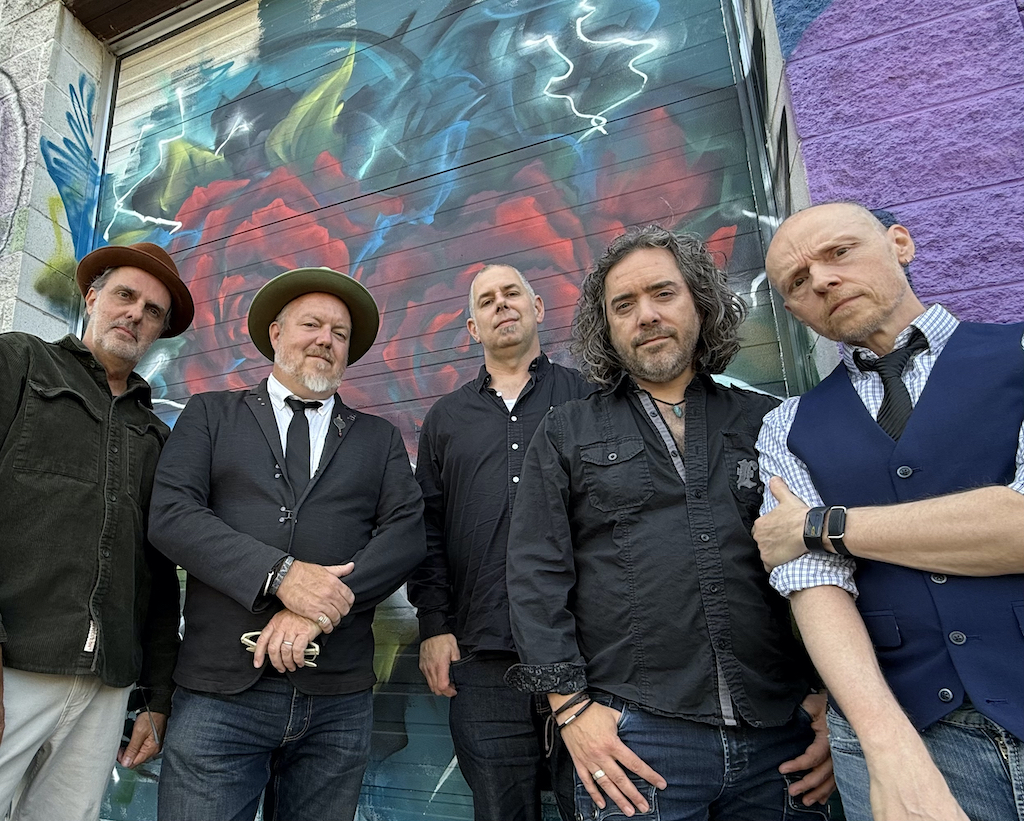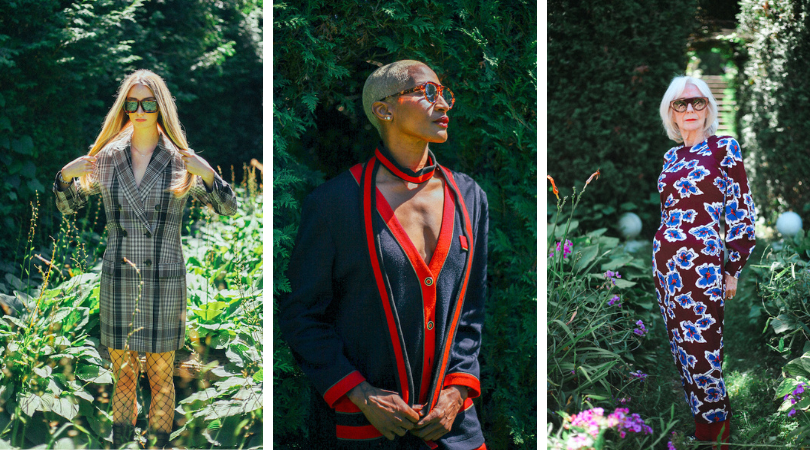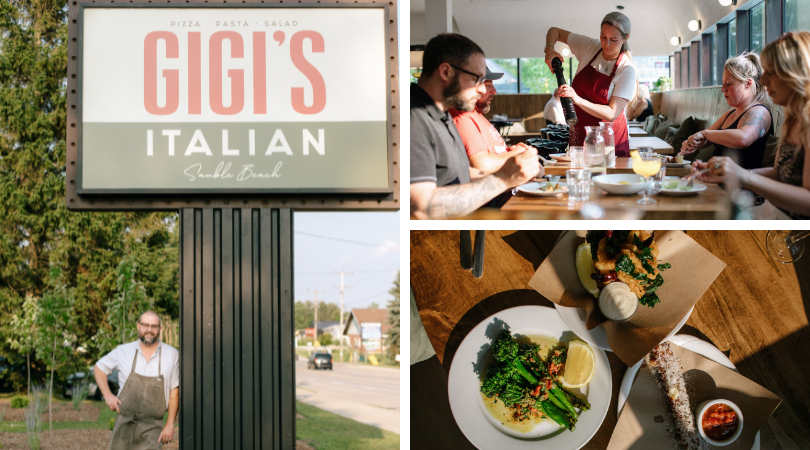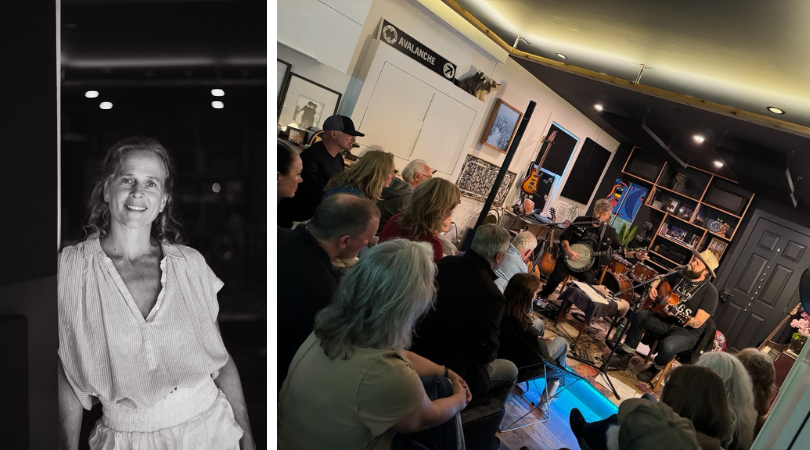Dana Cowie was born into a family of artists, fashion designers and musicians. At the age of three, she was quite certain that she would become a painter and at seventeen, her painter grandmother gifted her oils, brushes, palette and easel with the proviso that she make regular use of them. She did.
Dana sees the world around her as shapes of varying colour, tone and feeling. She uses a palette knife to paint in the impasto technique (Italian for ‘mixture’), yielding a textured, sculpted surface. Her abstracted landscapes and figurative works, predominately in oils, emerge as layers of colour overlapping in expressionist marks. When in studio, she paints primarily upon her grandmother’s vintage 1940s easel.
Born and raised in Hamilton, Ontario, she enrolled in the visual arts program at Central Technical School in Toronto in the 1990s. It was then that she found she had a driving need to paint. Dana lived in Toronto, Japan, Victoria, B.C. and Owen Sound, Ontario before settling in Collingwood, Ontario where she lives with her family.
The surrounding natural landscapes, as well as scenes from her many travels, are her main sources of inspirations.
Dana’s work can be found in art galleries across Canada, the U.S. and England as well as in numerous solo and group exhibitions in those countries and collections worldwide.
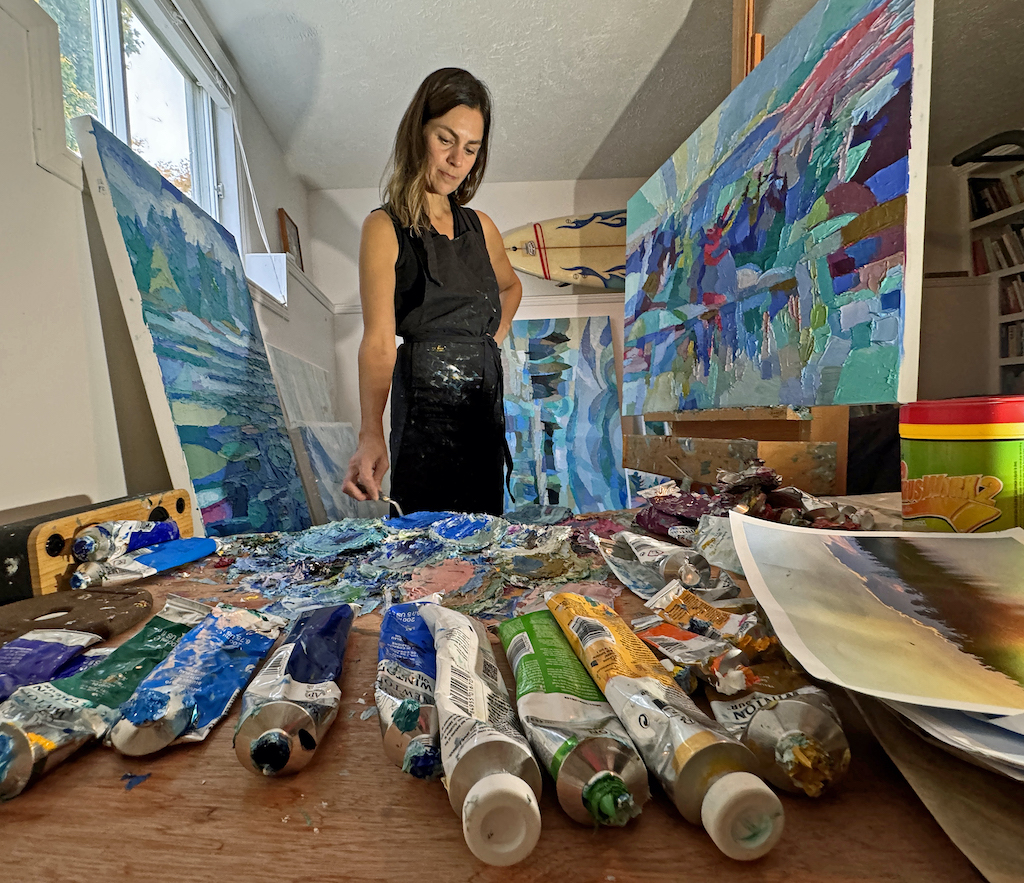
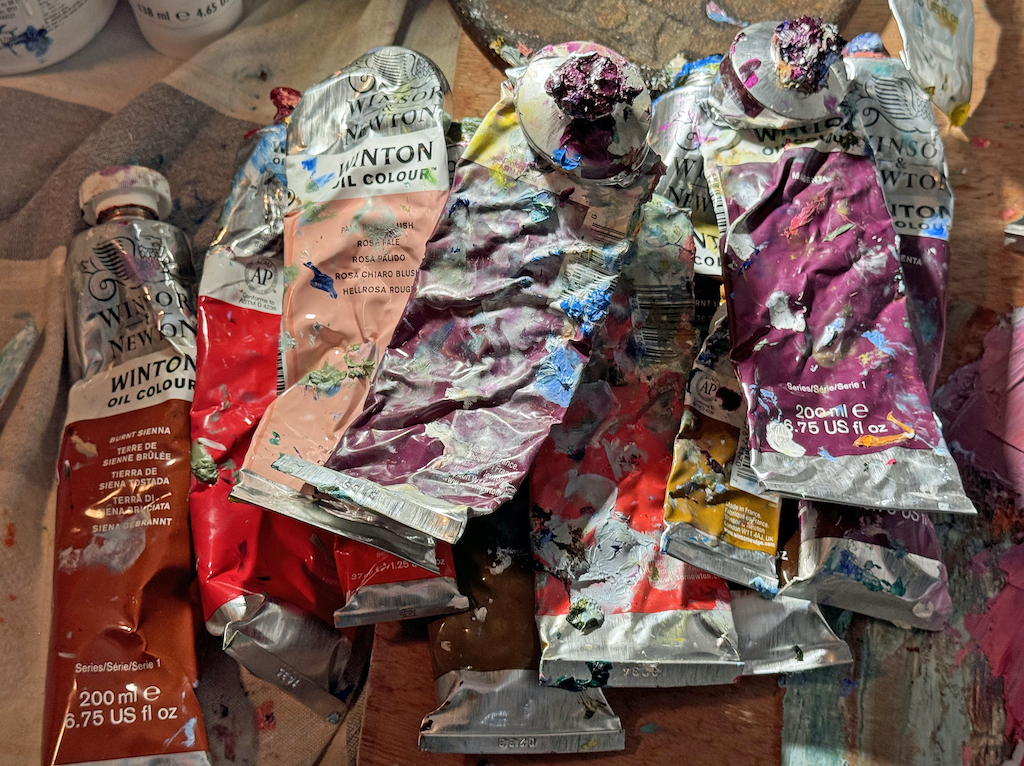
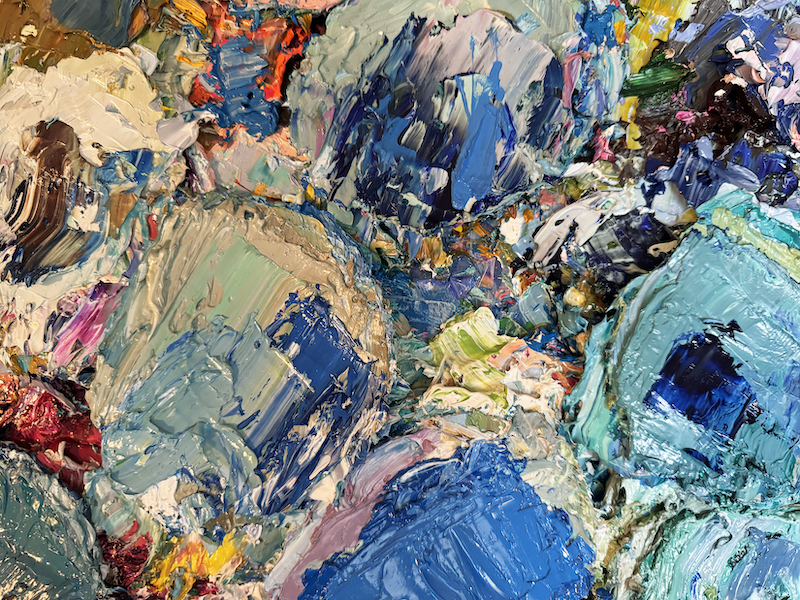
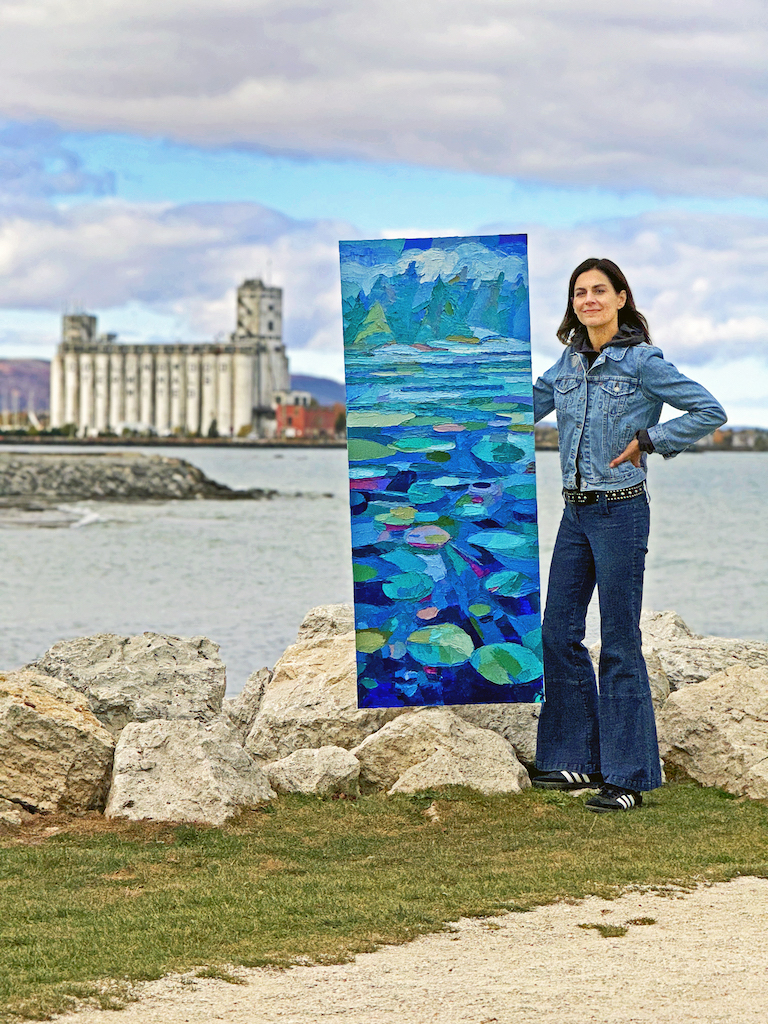
Why an Artist?
“I’ve always known that I wanted to be an artist since I was a little girl. It’s just kind of the way I am. Half of the people in my family are artists. It’s in our genes.
I grew up with a mom who was making things all the time; sewing, knitting, and painting a little bit. My grandmother was an artist, my uncle was an artist, my brother makes things, I have writers and musicians, but mostly visual artists in my family, especially on my father’s side, but a few on my mom’s side too.
My grandmother gave me her easel and her paint box from when she used to paint in the 1940’s till the 70’s. It was passed on to my uncle when he went to OCA in the 60’s, and then it came to me in the early 90’s when I went to Central Technical School in Toronto.
From 1994 to now, I’ve just been painting and developing my style and my painting language over the years. Usually, I do landscapes that are broken down into shapes, tones and colour relationships. So that’s what I’m looking for when I’m making a painting. Sometimes I will paint a figure in the landscape; I love figurative painting. I also love doing still life, but I don’t do enough of those. I used to paint city scenes [in Toronto], although I wasn’t really very satisfied with those.
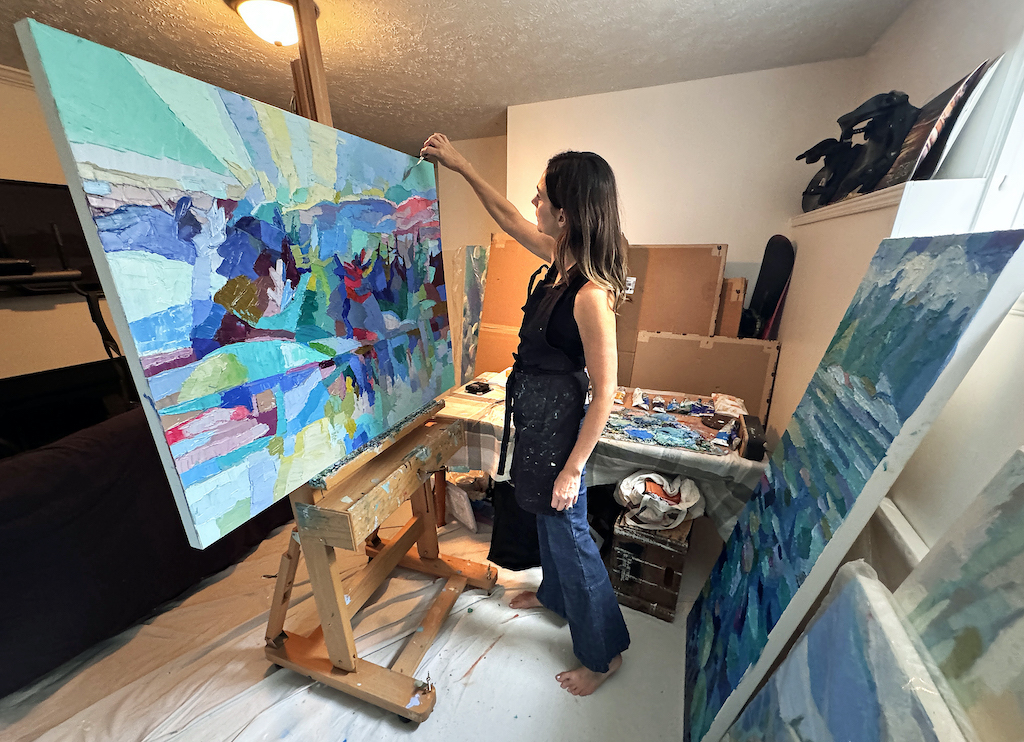
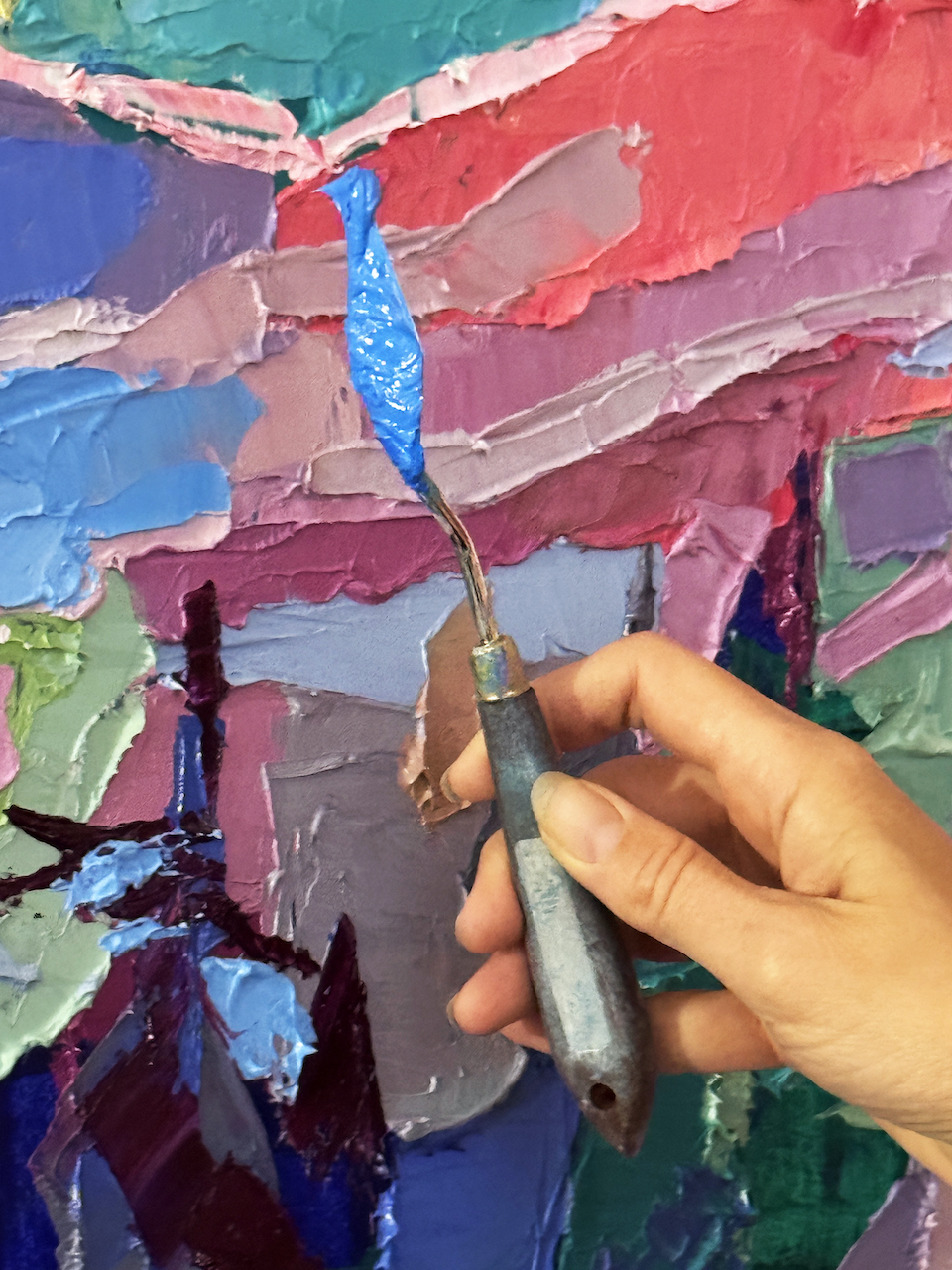
When I moved to Owen Sound six years ago that completely transformed my work because it was so beautiful, I was really inspired by the farms. And I thought about the history of my mom using textiles; she was always sewing and knitting when I was a child. I would watch her and was fascinated by the weave of fabrics and colours. When I moved to this area, I started taking inspiration from fabrics, translating that into a painting. That’s when I started using my grandmother’s palette knife and everything started to fall into place. It’s like a woven piece of art, a tapestry, even though it’s a painting. I love fashion and for a long time, when I was in my late 20’s and early 30’s, I worked in fashion to support myself. I would dress mannequins in department stores and do murals and make props and head pieces and things like that.
I have a lot of dreams and ideas, but I just want to be a better painter. I want to be a full-time painter, which is really tough. I’ve been doing it, although it’s pretty slow right now with the economy as it is. I see my painting growing, evolving and getting better, I don’t know if it’s going to become more abstract. I don’t know what’s going to happen. I want there to be optical illusions happening and it only really comes through practice.
I guess my goal is to be painting full time, being able to support my kids and myself by making art.”
Words and photos by Willy Waterton




